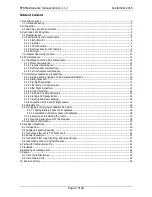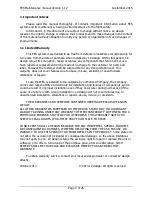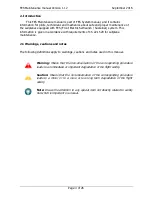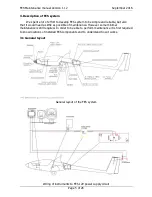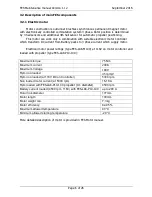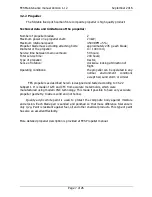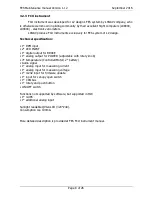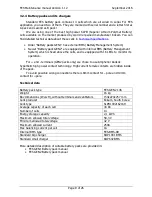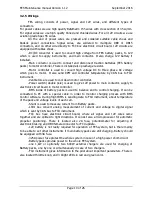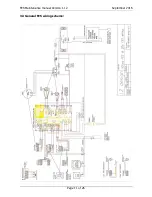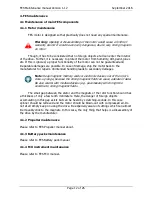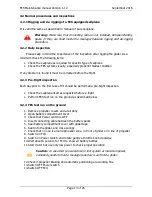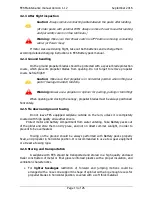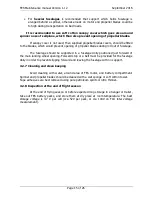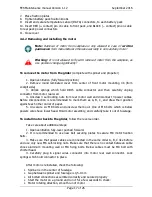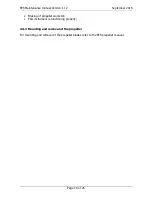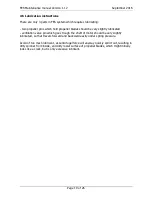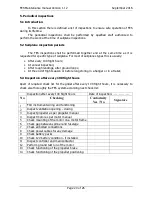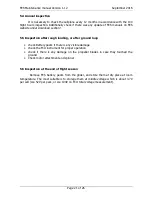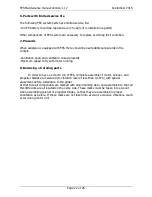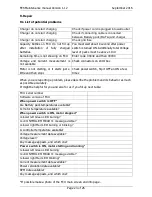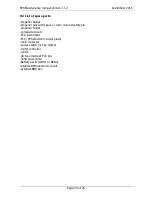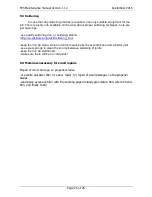
FES Maintenance manual Version 1.12
September 2016
Page 13 of 26
4.2 Normal procedures and inspections
4.2.1 Rigging and de-rigging of a FES equipped sailplane
It is valid the same as described in manual of pure sailplane.
Warning:
Make sure that connecting cable is not installed, between Battery
packs (if they are fixed inside the fuselage) between rigging and de-rigging
procedure.
4.2.2 Daily inspection
Please keep in mind the importance of the inspection after rigging the glider. As a
minimum check the following items:
•
Check the sailplane as required for specific type of sailplane
•
Check the FES system visually, especially propeller blades condition
If any problem is found it must be corrected before the flight.
4.2.3 Pre-flight inspection
Each day prior to the first take off it should be performed a pre-flight inspection.
•
Check the sailplane itself as requested before a flight
•
Perform FES test run on the ground as described below
4.2.4 FES test run on the ground
1.
Remove propeller covers and a tail dolly
2.
Open battery compartment cover
3.
Check that Power switch is OFF
4.
Insert connecting cable between the battery packs
5.
Seal battery compartment cover with glider tape
6.
Seat into the glider, and close canopy
7.
Check that no one is around propeller zone, in front of glider or in line of propeller
8.
Switch on FCU
9.
Switch on Power switch, and rotate gently a throttle knob clockwise
10.
Wait about 8 second, for FCU to show all battery bottles
11.
Start motor but use only low power to check proper operation
Caution
:
In case that you would like to test system at maximum power,
somebody needs to hold a fuselage tube down, and hold a glider.
12.
Check if propeller braking and automatic positioning are working fine
13.
Switch OFF Power switch
14.
Switch OFF FCU


